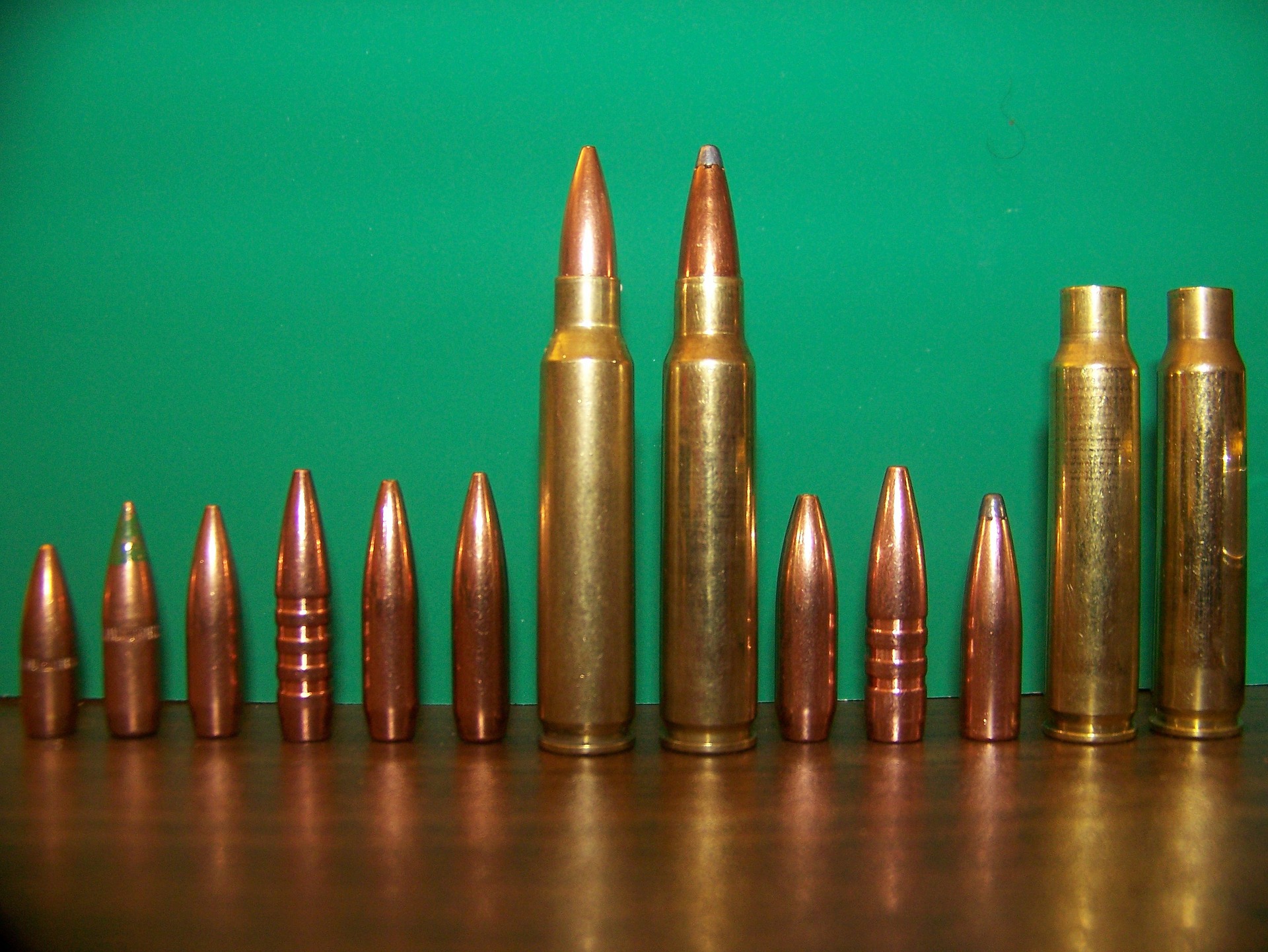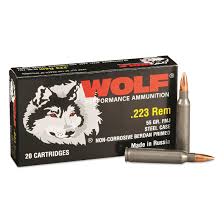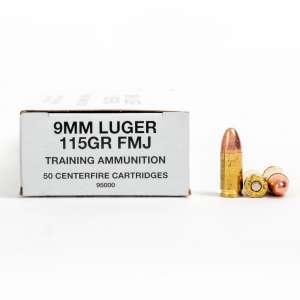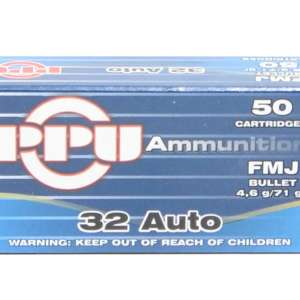Description
.223 REMINGTON & 5.56: SAME THING OR NOT?

IF YOU’RE KNOWLEDGEABLE ABOUT GUNS AND AMMUNITION THEN YOU PROBABLY KNOW THE HISTORY BEHIND THE .223 REMINGTON. IF NOT, DON’T WORRY BECAUSE OUR ONLINE AMMUNITION STORE IS HERE TO FILL YOU IN. THE MILITARY ORIGINALLY USED THE .222 REMINGTON BUT SOMETIME DURING THE 1950’S, THE MILITARY BEGAN USING METRIC DESIGNATIONS. THEREFORE, THE .222 CALIBER BULLET BECAME THE 5.56 X 45 MM NATO.
HISTORY
This newly named 5.56 x 45 mm was designed for the AR-15 rifle, which would later become the select-fire M16 rifle in 1964. This revolutionary bullet was supposed to be lighter and faster compared to its’ predecessors, but it still had to break the speed of sound at 500 yards. This goal was achieved by a 55-grain boattail bullet design. This cartridge became so popular that it practically cannibalized the previous .222 Remington. However, Remington responded quickly by releasing the civilian version of the 5.56 x 45 mm, which is the .223 Remington we have today. It’s okay if you’re a little confused right now because we’re going to clear up the differentiating factors. Many people are under the impression that they’re the same bullet, but there are sufficient variables to hinder them from being interchangeable.
NOTICEABLE DIFFERENCES
- Pressure. The first, most noticeable difference is pressure. Copper Units of Pressure or a mid-case transducer in pounds-per-square-inch are typically used to measure a .223 Remington. On the other hand, a case mouth transducer is frequently used to measure the 5.56 x 45 mm cartridge. A case mouth transducer generally delivers lower pressure readings than a mid-case transducer so a direct comparison is nearly impossible. However, when a traditional .223 Remington is measured with a mid-case transducer, the average pressure is 55,000 psi, which is actually lower than the average pressure of 5.56 x 45 mm measured with a case mouth transducer (58,700 psi).
- Chamber Aspect. The next differentiating aspect is the chamber itself. The throat or leade is the part of the barrel just in front of the chamber. This section is noticeably longer in the 5.56 x 45 mm compared to the .223 Remington. For instance, an average .223 Remington leade is about .085 inches while the average 5.56 x 45 mm leade is about .162 inches. The angle set up between the two is also different, which can greatly affect how pressure rises and peaks.
- Thickness. The final, major difference is that 5.56 x 45 mm ammunition is generally thicker than .223 Remington cartridges because it has to withstand greater pressures. Therefore, the internal capacity is smaller.
Overall, .223 Remington cartridges can be fired from a firearm meant to shoot 5.56 x 45 mm ammo, but there is no guarantee that it’ll work. However, under no circumstance should 5.56 x 45 ammo be loaded into a firearm designed for .223 Remington cartridges! As a matter of fact, SAAMI (Sporting Arms and Ammunition Manufacturers’ Institute) considers NATO military cartridge use unsafe in firearms chambered for a .223 Remington.
Practice makes perfect, and Wolf® Steel-case Ammo makes practice more affordable than ever. If you’re looking to stretch your shooting budget to the max, this is the way to go. Rounds feature a polymer coating for smooth feeding. Bullets feature a lead core and bi-metal jacket, meaning they WILL attract magnets.
Order today!
- Key Specifications
Item Number: 714586
Mfg. Number: 22355WFMJ
UPC Number: 885344905033
Caliber: .223 Remington
Bullet Weight: 55 grain
Bullet Style: Full Metal Jacket
Muzzle Velocity: 3,241 FPS
Muzzle Energy: 1,283 ft.-lbs.
Case Type: Polymer-coated steel
Primer Type: Berdan, non-reloadable
Corrosive: No
Rounds: 240





